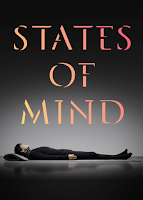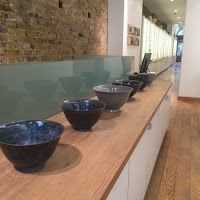Venturing Beyond: Graffiti and the Everyday Utopias of the Street

Interesting exhibition at Somerset House of work by contemporary artists looking at the utopian nature of graffiti. I must admit I didn’t make very good notes on this show and I have now forgotten much of it. There was literal street art by Mike Bradford trying to represent the actual road surface using oil, spray paint and chewing gum! My favourite was a series of high viz jackets with funny slogans on the back such as Insecurity, Tour Guard and Law Abiding Citizen. I did notice in my notes I’ve written mess next to a number of the items! Closes 2 May 2016














